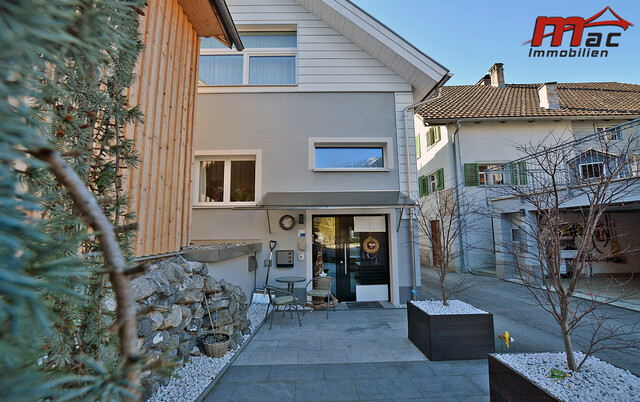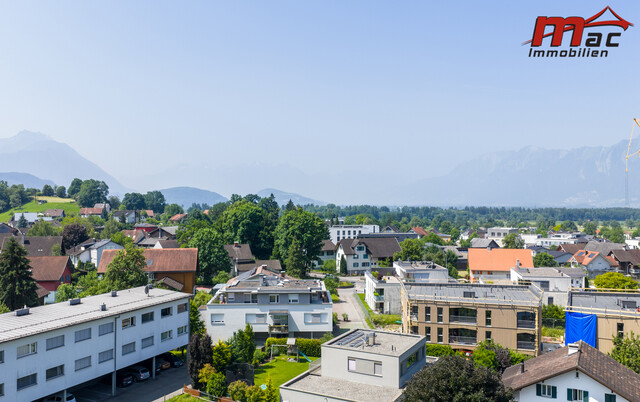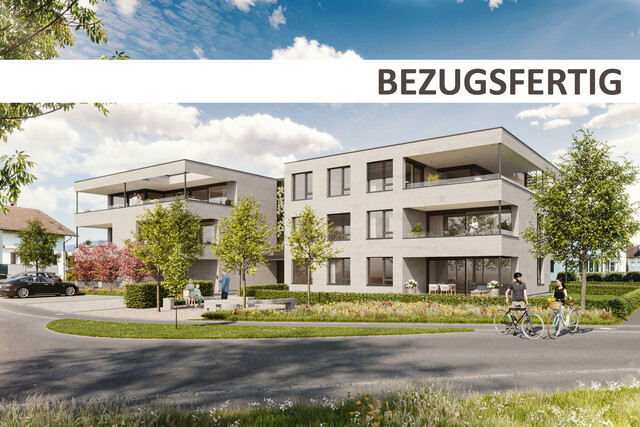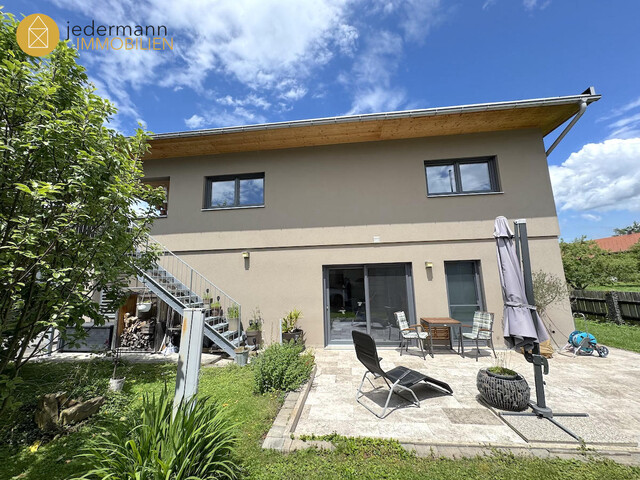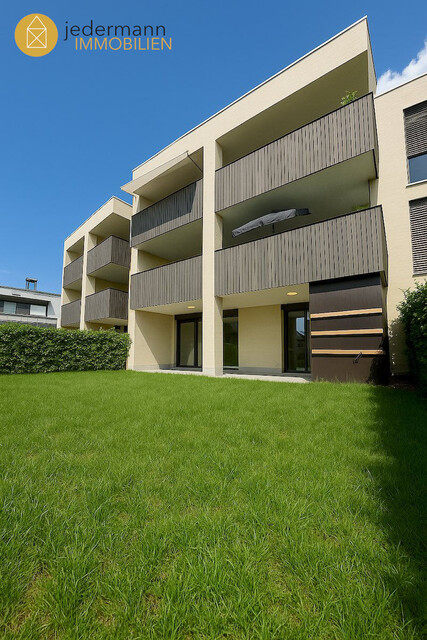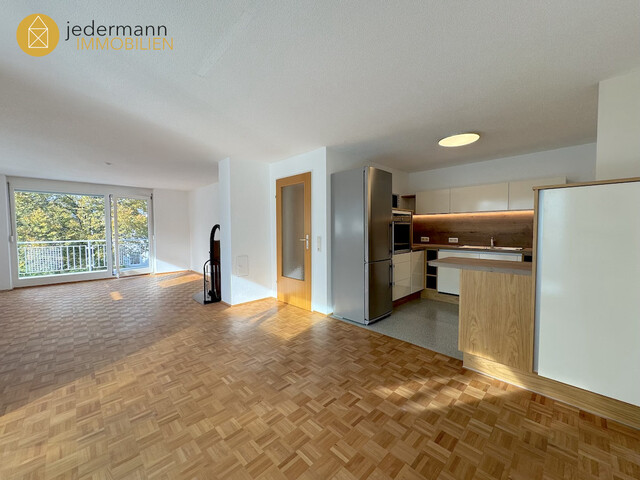Subway Makes Cities Like Vienna Car-Free

If a city establishes a subway network, it statistically has a greater potential to reduce car traffic than the expansion of trams. This is a result of a study by Rafael Prieto-Curiel from the Complexity Science Hub (CSH) Vienna, published in the journal "Nature Cities". In subway cities, the share of car trips in commuter traffic is on average around 37 percent, while in tram cities it is 50 percent. This effect is also evident in our country.
Vienna as a Model for Public Transport Expansion
The only Austrian city with a subway network is, as is well known, Vienna. But even in the federal capital - with around two million inhabitants by far the largest city in the country with correspondingly high traffic volume - the hot, because mainly expensive, potato "subway construction" was long politically tossed back and forth. Even from the fundamental decision in 1968 to the opening of the first U4 section in 1978, it took a long time. The start of the subway era in the late 1970s was relatively late compared to some other major European cities.
Analysis Shows Subway Effect
From the perspective of reducing motorized individual traffic with cars, taxis, motorcycles, or through ride services, the effect of such a measure is clear: According to the dataset created by Prieto-Curiel, which can be viewed at https://vis.csh.ac.at/citiesmoving and on which the current study is based, Vienna is the Austrian city with the lowest car share of a quarter of all analyzed commuter routes. Additionally, the public transport share is the highest at 34 percent, with 41 of the examined routes in Vienna being completed on foot or by bike on average. For comparison: The next largest cities, Graz and Linz, have or had a public transport share of 20 and 21 percent, respectively, with around 50 percent motorized individual traffic. It should be noted that the data for the next largest domestic cities are partly significantly older than those from Vienna.
In the new study, Prieto-Curiel explored a more detailed question, namely how different public transport offerings affect European cities - specifically the difference between subways and trams. The result from the analysis with data from 47 cities with subways, 46 cities with tram services but no subway, and 285 metropolitan areas with neither of these transport modes shows a visible subway effect.
Investment in Subways is Especially Worthwhile in Large Cities
Accordingly, the share of car travel decreases from 54 percent in cities without trams and subways to an average of around 50 percent in the presence of trams and even to 37 percent when there is also a subway. At the same time, public transport usage in subway cities is on average 34 percent - significantly higher than in tram cities (21 percent) and cities without a public rail network (16 percent).
The complexity researcher sees a "clear effect" here. In a city with one million inhabitants, "about 370 million car trips per year occur in the presence of a subway. In an equally large city with a tram but without a subway, it is 700 million - almost twice as many." It is clear that subways are particularly sensible to implement in cities with a significantly large population due to their costs and also bring the greatest benefit in terms of reducing individual traffic. In the case of Vienna, for example, lowering daily trips by car and the like by just one percentage point saves six million trips per year.
The study should be seen as a piece of information when cities individually consider their transport network design. The advantages of the subway with its speed and high transport capacity are clear, as are the high construction costs. The study now also shows that they represent a good vehicle towards less car traffic and that this effect cannot be achieved to nearly the same extent with the cheaper tram. However, there are also a few exceptions: In Rome and the French city of Toulouse, there is a subway, yet car traffic is still over 60 percent.
(APA/Red)
This article has been automatically translated, read the original article here.
Du hast einen Hinweis für uns? Oder einen Insider-Tipp, was bei dir in der Gegend gerade passiert? Dann melde dich bei uns, damit wir darüber berichten können.
Wir gehen allen Hinweisen nach, die wir erhalten. Und damit wir schon einen Vorgeschmack und einen guten Überblick bekommen, freuen wir uns über Fotos, Videos oder Texte. Einfach das Formular unten ausfüllen und schon landet dein Tipp bei uns in der Redaktion.
Alternativ kannst du uns direkt über WhatsApp kontaktieren: Zum WhatsApp Chat
Herzlichen Dank für deine Zusendung.
